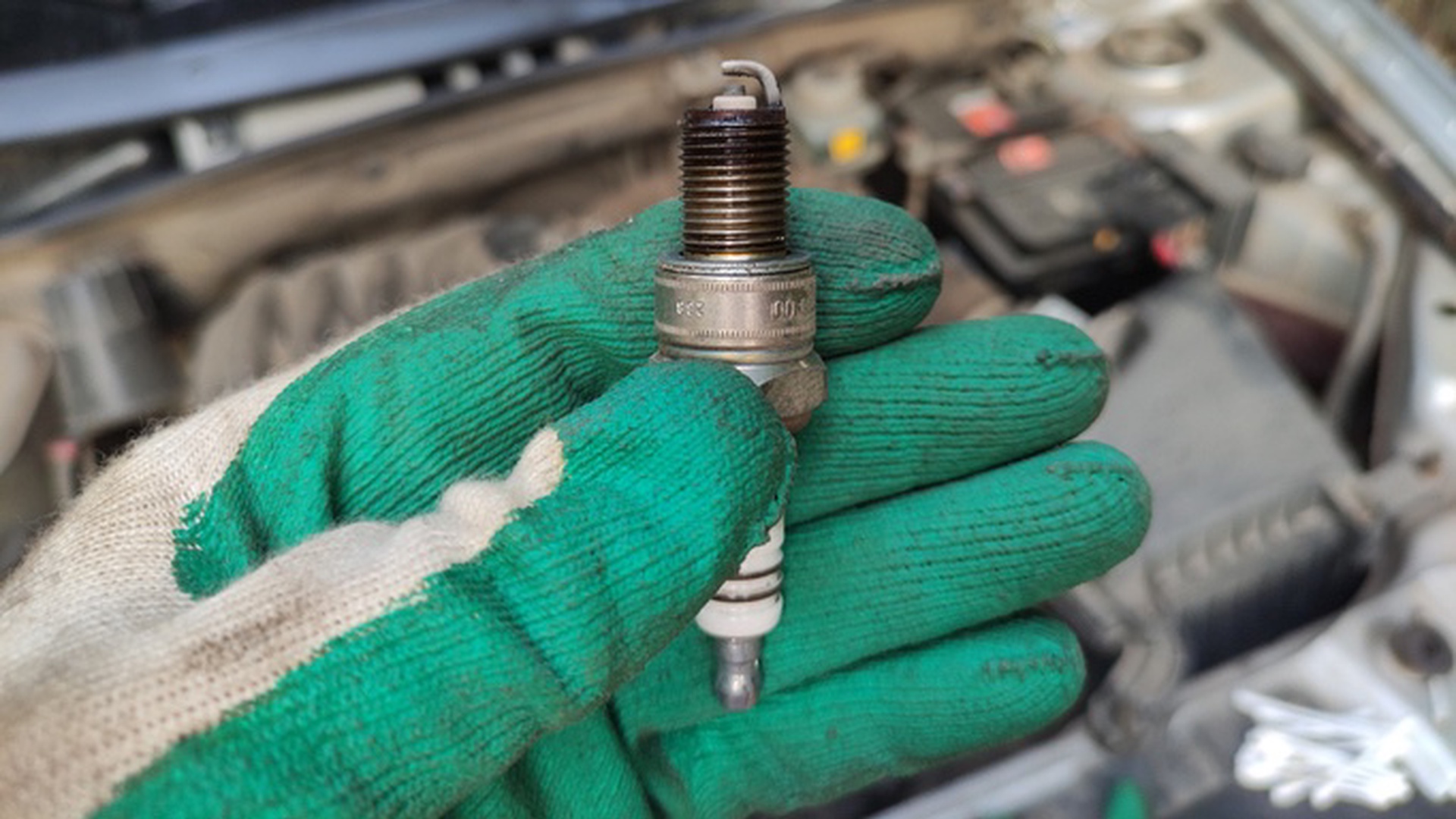

A groundbreaking team has developed a new, milder approach using a mixture of iron chloride (FeCl₃) and potassium chloride (KCl) to chlorinate and dissolve iridium. This breakthrough process avoids the need for high-temperature treatments and chlorine gas, operating under moderate conditions that are both energy-efficient and safer for the environment.
The "dry aqua regia" method operates by dissolving iridium in a molten salt solution, which is a mixture of iron chloride and potassium chloride. Unlike conventional methods that require harsh chemicals and extreme temperatures, this process operates at lower temperatures (typically between 630–670 K), significantly reducing energy consumption. The iridium is chlorinated and oxidized to iridium (III) ions, which dissolve into the molten salt. This new method is notable for its ability to treat iridium under milder conditions, making it a safer and more environmentally friendly option compared to traditional recycling processes that often produce hazardous gases or require high-energy inputs.
Despite the lower dissolution rate of iridium (0.05 mol·m²·h⁻¹ at 670 K), which is slower compared to platinum and palladium, the process is still effective for recycling iridium, particularly because it eliminates the need for high-energy procedures like chlorine gas blowing. This allows for the recovery of iridium with minimal environmental impact.
In the "dry aqua regia" treatment, iridium is chlorinated and dissolved by the iron chloride–potassium chloride mixture. During the process, iridium is oxidized to iridium (III) ions, which dissolve in the molten salt. The dissolution speed of iridium is slower than that of other PGMs, such as platinum and palladium, with a maximum dissolution rate of 0.05 mol·m²·h⁻¹ observed at 670 K. However, this slower rate is not a drawback, as it indicates that iridium can be treated at milder conditions without the need for extreme temperatures.
One of the challenges encountered during the dissolution process is the passivation of the iridium surface, which occurs when a layer of iridium complex forms on the surface of the metal, inhibiting further dissolution. The rate of dissolution slows down after a certain point due to this passivation, but the overall process remains viable for recovering iridium from complex scraps or pure iridium sources.
Once iridium has been dissolved in the "dry aqua regia," it is recovered as ammonium hexachloroiridate (IV) through precipitation. This is achieved by adding ammonium chloride to the solution, which precipitates the dissolved iridium as a solid compound. The use of oxidants, such as nitric acid or hydrogen peroxide, helps oxidize the dissolved iridium into its soluble chloride form.
The use of hydrogen peroxide instead of nitric acid has clear environmental and economic benefits. Nitric acid is a regulated substance due to its harmful environmental effects, particularly the release of nitrate-nitrogen into wastewater. In contrast, hydrogen peroxide is less hazardous and does not have stringent effluent standards, making it a safer and more cost-effective option for the recovery process. By replacing nitric acid with hydrogen peroxide, the overall environmental footprint of the process is reduced, and the cost of treating wastewater is minimized.
Additionally, the "dry aqua regia" method operates under milder conditions compared to traditional high-temperature treatments, reducing energy consumption and the associated environmental impact. This makes the process more sustainable, aligning with modern demands for greener industrial practices.
The "dry aqua regia" method has significant potential for both pure iridium recycling and the treatment of complex scraps containing iridium along with other PGMs, such as platinum and palladium. The ability to process mixed scraps simplifies the recycling of PGMs and enhances the efficiency of precious metal recovery. As the iridium market is volatile, relying on secondary sources of iridium is essential for stabilizing supply. The "dry aqua regia" method offers an efficient and scalable solution for the recycling of iridium from industrial scrap.
Future research is aimed at optimizing the recovery ratios and scaling up the process for large-scale industrial applications. By further refining the process and improving the dissolution and recovery steps, it is possible to increase the recovery of iridium, making the process more economically viable and sustainable for large-scale operations.
The "dry aqua regia" method for iridium recycling provides a promising alternative to traditional, energy-intensive recovery processes. By using a chloride-based molten salt system at moderate temperatures, iridium can be efficiently dissolved and recovered with minimal environmental impact. The use of hydrogen peroxide as an oxidant further enhances the process’s sustainability by reducing harmful waste production. As this method continues to be optimized, it offers a valuable solution for recovering iridium from both pure and complex scraps, ensuring a more stable and environmentally friendly supply of this critical metal.
For companies like Quest Metals, which focus on sustainable recycling and processing of PGMs, adopting the "dry aqua regia" method could improve recovery rates, reduce environmental impact, and position the business as a leader in green metal recycling technologies.